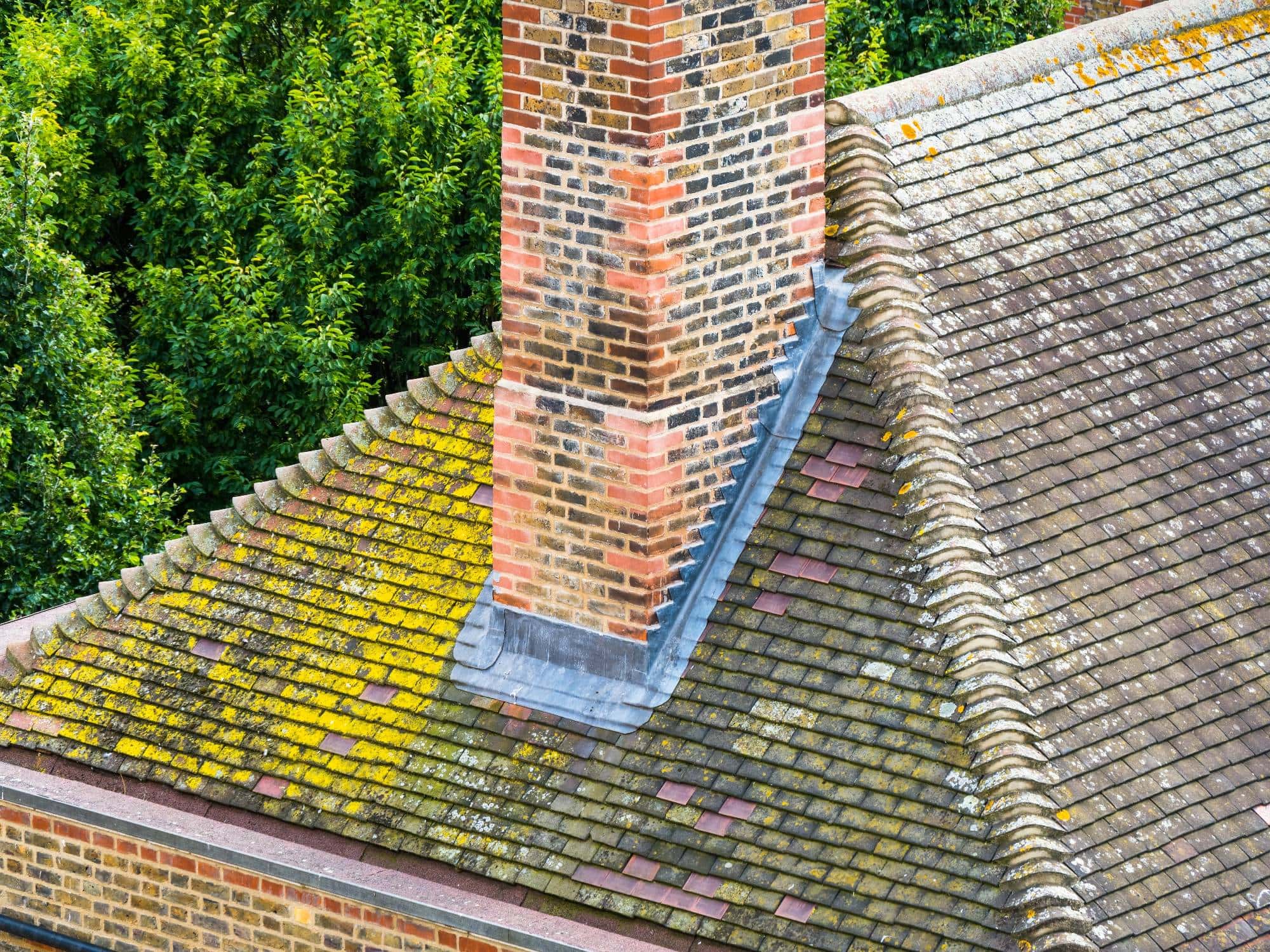Professional historic chimney restoration that preserves your home’s character while ensuring modern safety standards for North Scituate families.
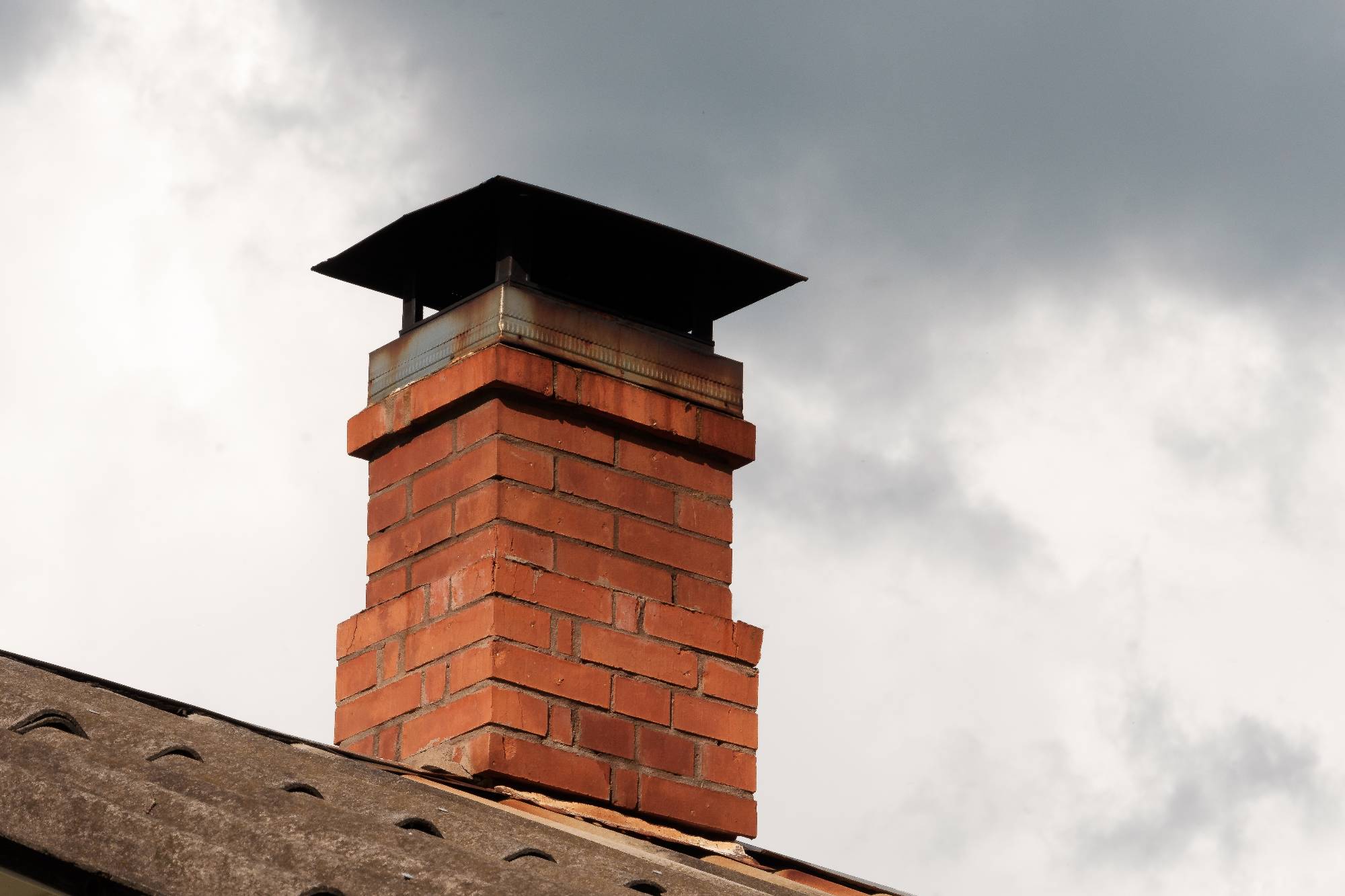
Hear from Our Customers
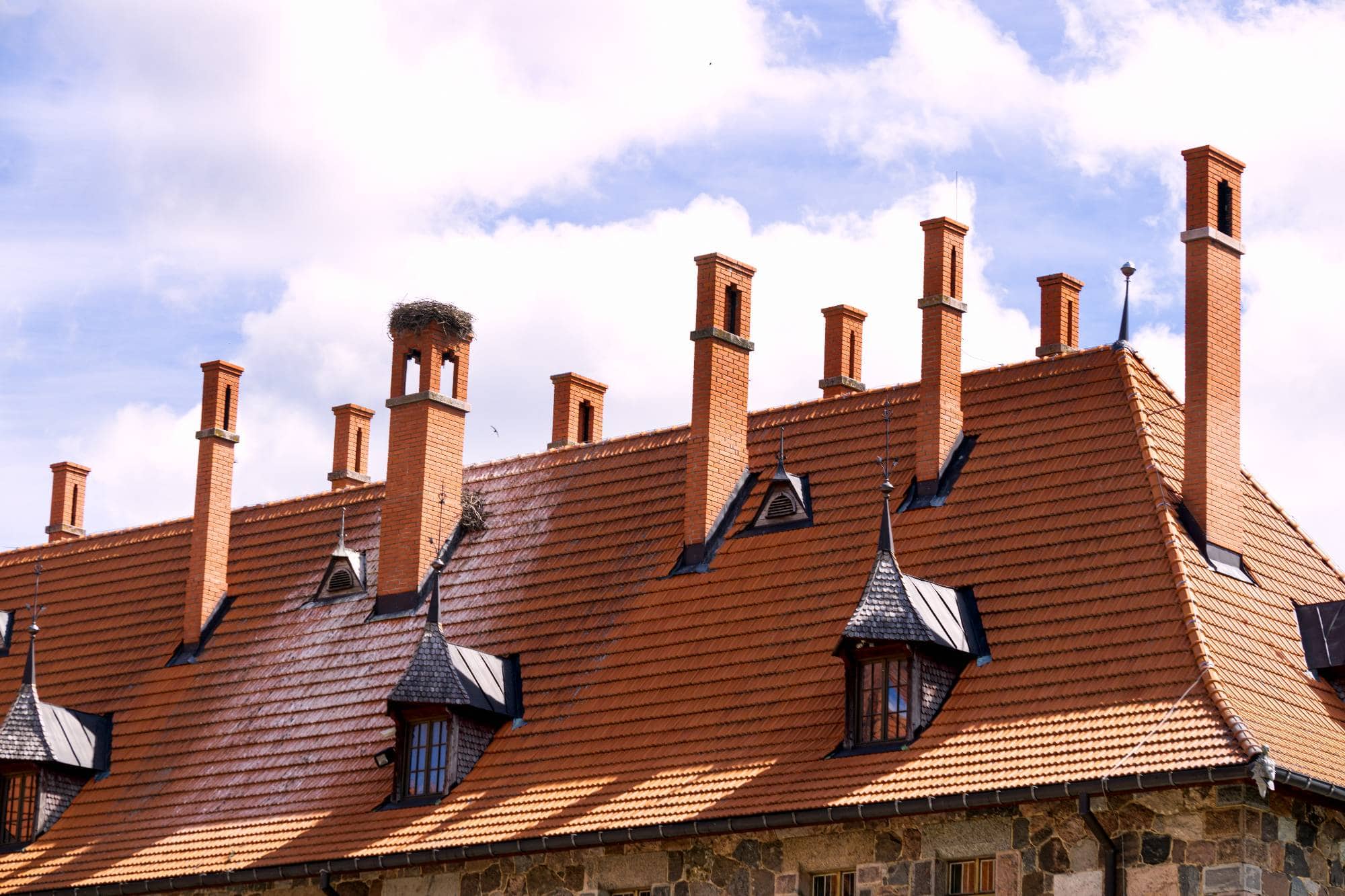
You get a chimney that works like it should—no more smoke backing up into your living room, no more water stains on your ceiling, no more worrying about whether that 150-year-old masonry is actually safe to use. Historic chimney restoration isn’t just about fixing what’s broken.
It’s about bringing your chimney up to modern safety standards while keeping the character that makes your North Scituate home special. When we’re done, you’ll have proper ventilation, a sound structure, and the peace of mind that comes with knowing your family is safe.
Your home’s value stays protected too. A properly restored historic chimney tells potential buyers that this house has been cared for by someone who understands what these old properties need.
Above and Beyond Chimney has been working on historic properties throughout Providence County for years. We understand that your 1800s farmhouse or Victorian-era home needs different expertise than a modern build.
North Scituate sits in one of Rhode Island’s historic districts, and we’ve seen every type of chimney problem these old homes can throw at us. From stone-enders to elaborate Victorian stacks, we know how these systems were originally built and what it takes to restore them properly.
We’re not just another chimney company. We’re specialists who respect the craftsmanship that went into these structures while ensuring they meet today’s safety standards.
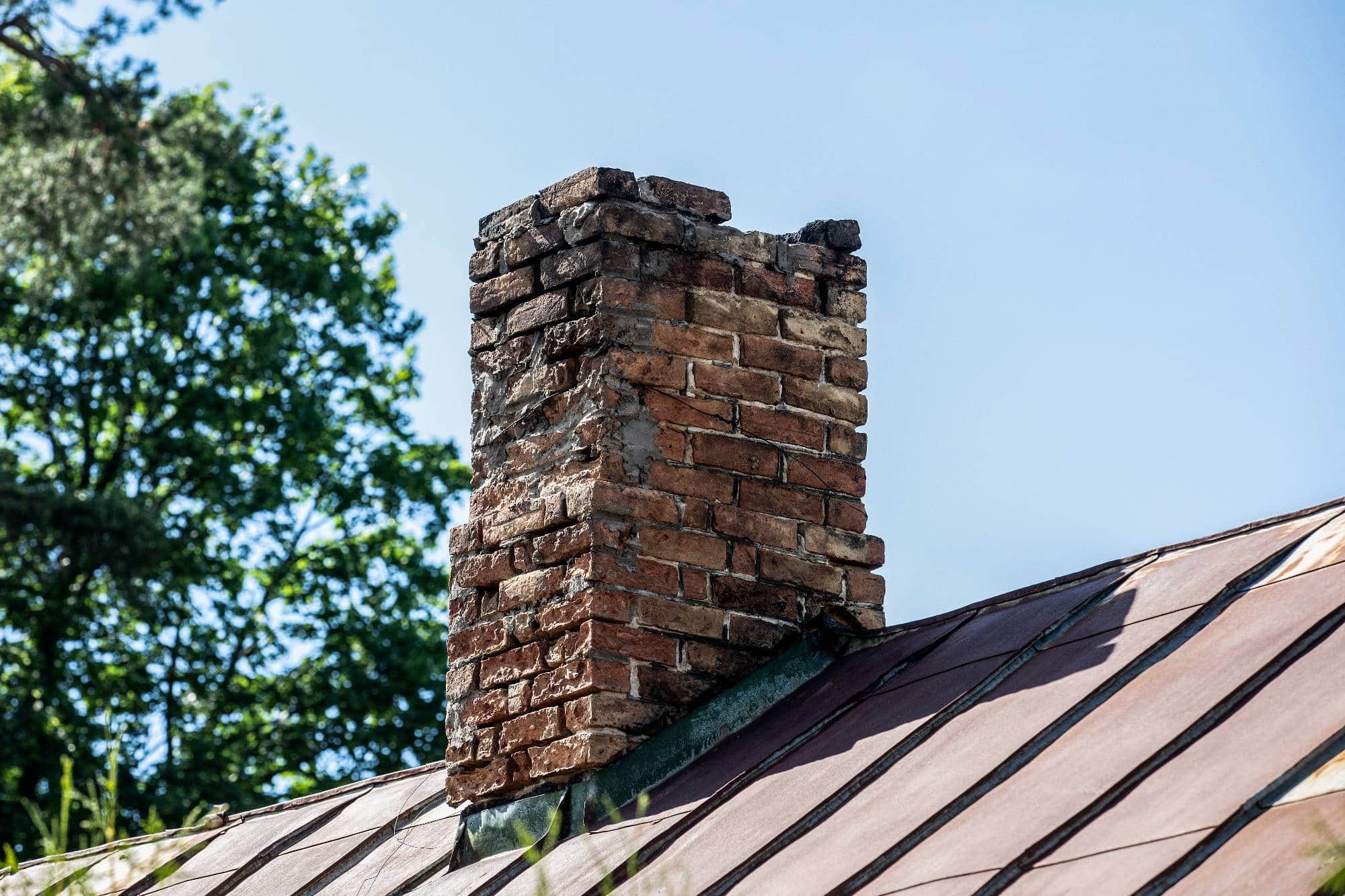
First, we do a complete assessment of your chimney system from foundation to crown. Historic chimneys often have issues that aren’t immediately visible—deteriorated mortar joints, missing or damaged flue liners, compromised flashing, or structural problems that developed over decades.
Next, we create a restoration plan that addresses safety first while preserving historic character. This might include installing a proper liner system, repointing deteriorated mortar, rebuilding damaged sections, or waterproofing to prevent future damage.
The actual work is done with materials and techniques appropriate for historic structures. We don’t just slap modern solutions onto old problems. Every repair is designed to work with your home’s original construction methods while bringing everything up to current safety codes.
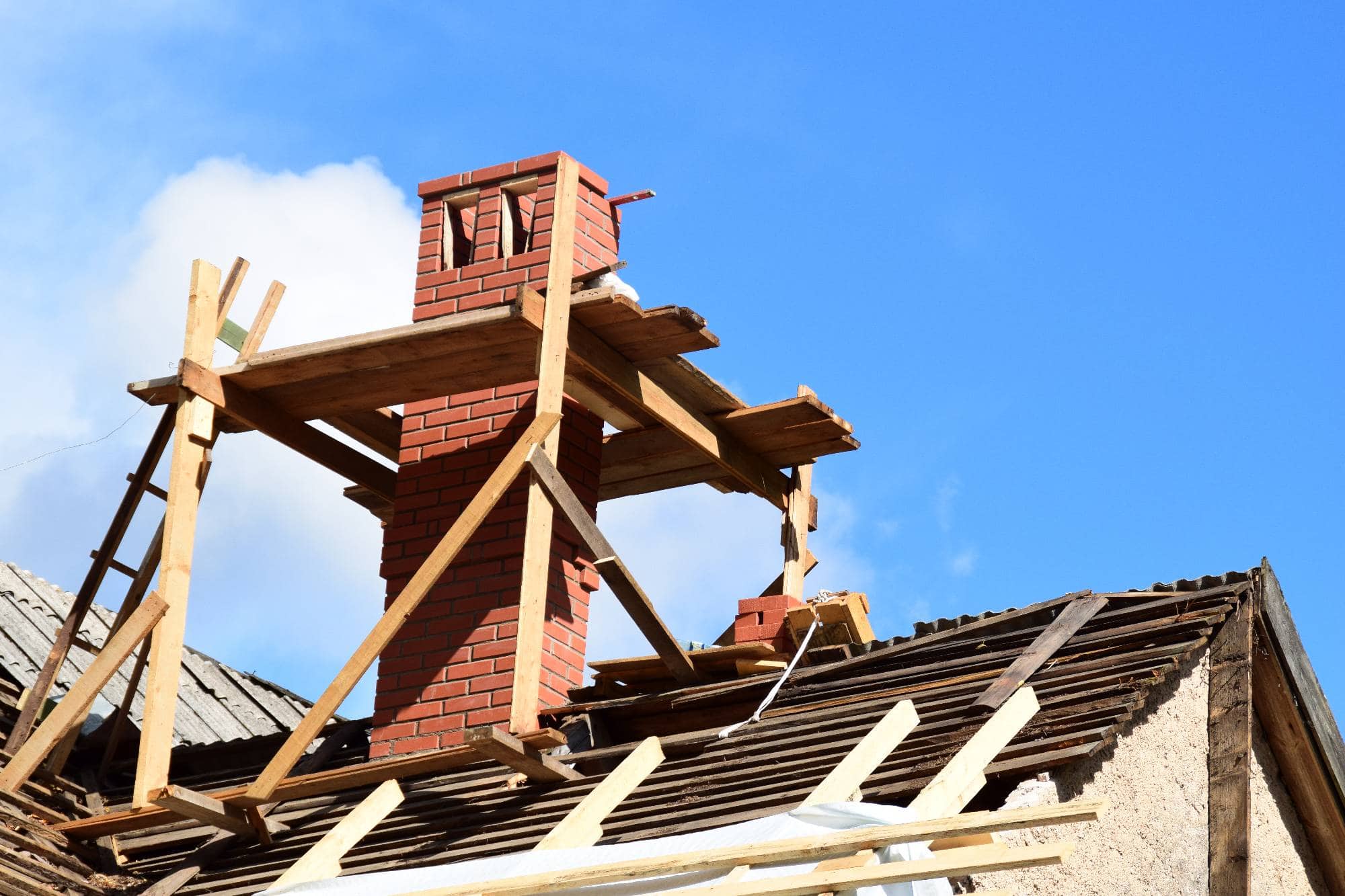
Ready to get started?
Historic chimney restoration in North Scituate typically involves several specialized services. Masonry restoration and repointing address the deteriorated mortar joints common in older chimneys. Flue liner installation ensures proper venting—many historic chimneys were built without liners, creating serious safety hazards.
Crown repair and rebuilding prevent water infiltration that can destroy masonry from the inside out. Flashing replacement creates proper seals between your chimney and roof. Cap installation keeps animals and weather out while maintaining historic appearance.
Providence County’s freeze-thaw cycles are particularly hard on historic masonry. Our restoration work is designed to handle Rhode Island’s weather patterns while preserving the architectural details that make these chimneys special. We use lime mortars and traditional techniques when appropriate, ensuring repairs blend seamlessly with original construction.
